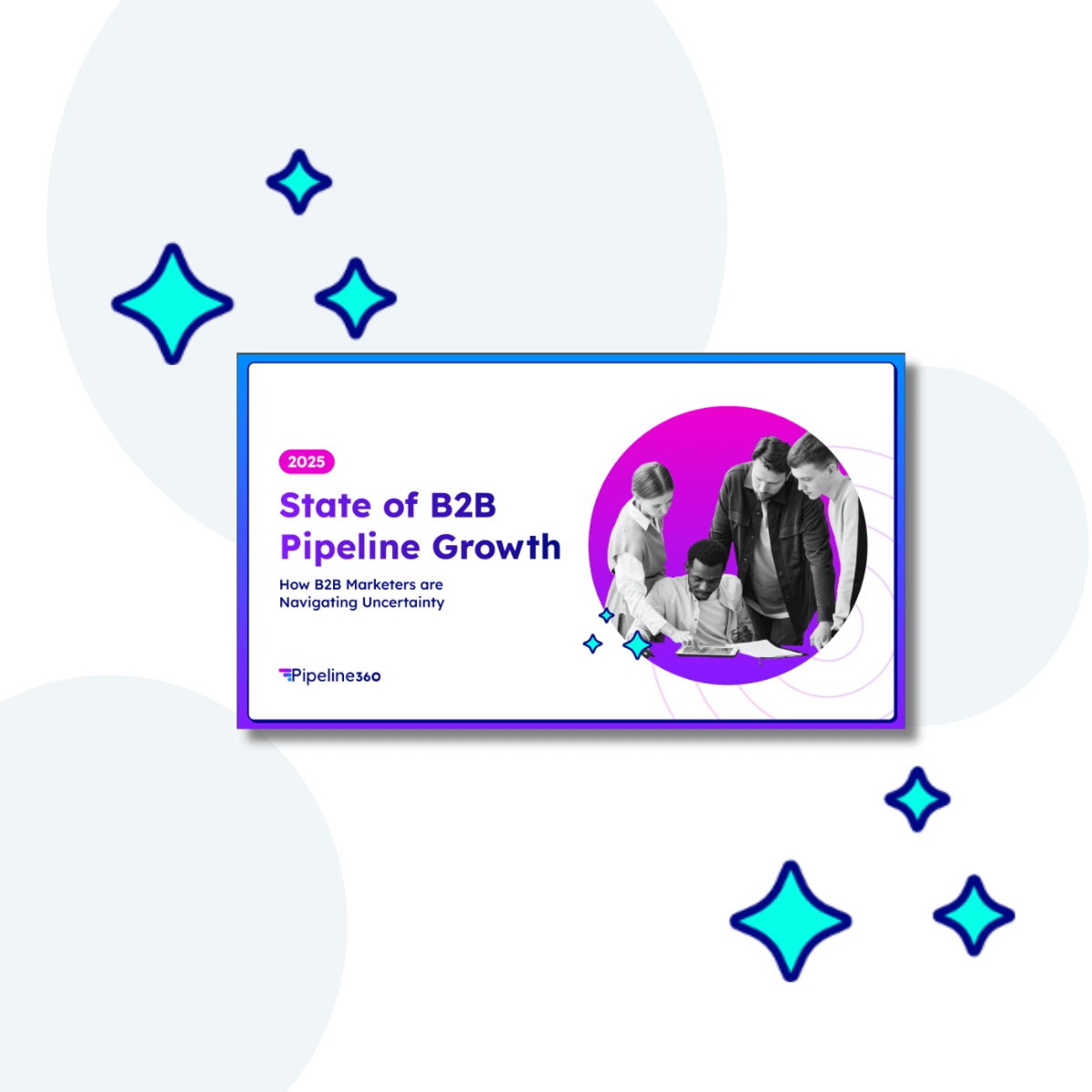Lead generation gets the spotlight, but lead nurturing is where pipeline is truly built. It’s the buying stage that turns anonymous clicks into engaged prospects, and engaged prospects into customers.
High-performing marketing teams know this. According to our 2025 State of B2B Pipeline Growth report, 69% of them rate their lead nurturing as “very good” or “excellent.” That’s not a coincidence.
But nurturing only delivers great results if you know how to measure it. Without disciplined metrics, even the best-designed programs are flying blind. The key is grounding your efforts in data that shows what’s working, where to optimize, and how nurturing is moving the business forward.
What to Measure — and Why It Matters
There’s no single magic metric. Nurturing success is a blend of engagement quality, conversion efficiency, and business impact.
For some teams, the goal is simple: move more leads from initial engagement to MQL. For others, it’s about accelerating deal velocity, improving lead-to-customer conversion rates, or increasing revenue directly tied to nurturing programs.
Start by answering a simple question: What problem is your nurturing program designed to solve? Once you’re clear on that, measure what matters. Core metrics include:
- Email engagement: open rates, CTR, and time spent
- MQL conversion rates: how efficiently leads progress
- Sales velocity: how quickly prospects move through the funnel
- Lead scoring accuracy: how well your model predicts buying intent
- Revenue influence: how much pipeline is touched by nurture
The most important step is alignment. Sales and marketing should define together what “success” looks like, agree on the signals that show progress, and revisit those metrics regularly. As the market shifts, so should your KPIs.
Going Beyond Vanity Metrics
Email opens and clicks are useful for optimization, but they’re not the endgame. If you want to prove nurturing’s true impact, you need to go deeper.
- If leads stall early, focus on lead-to-MQL conversion.
- If sales isn’t getting traction, measure reply rates, meeting bookings, and sales content engagement.
- If deals slow mid-funnel, track lead-to-opportunity conversion and time to close.
- If ROI is the priority, look at pipeline influence and revenue attribution.
The point isn’t to track everything. It’s to track the metrics that map directly to the business outcomes you’re trying to drive. That focus makes optimization possible, and success measurable.
How Demand-as-a-Service Changes the Game
Lead nurturing is complex. Increasingly, marketing teams are turning to Demand-as-a-Service (DaaS) to simplify it.
By integrating strategy, content, distribution, and analytics into a single solution, DaaS gives marketers a complete view of nurturing performance across the funnel. You’ll see which touchpoints spark engagement, which tactics accelerate pipeline, and where to double down to scale results.
Lead nurturing isn’t just a tactic. It’s a strategic lever for pipeline growth — but only if it’s measurable.
When you align goals, focus on the metrics that matter, and embrace a data-driven approach like DaaS, nurturing stops being an afterthought. It becomes a scalable engine for predictable, repeatable revenue.
Learn more in our latest research report.





